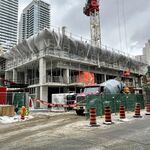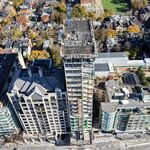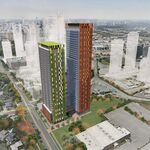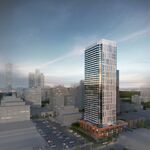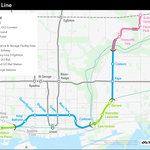A new rapid transit line for Toronto, known as the 'Relief Line' until it was renamed the ‘Ontario Line’ in early April, 2019 by the provincial government, is looking for funding. The City of Toronto was planning for a subway line running from Pape station on the Bloor-Danforth line to Osgoode station on the University line when the province announced it was taking control of the planning and development of the line, and that it would be built from Eglinton and Don Mills (beside the Ontario Science Centre) to Ontario Place via Downtown, all in one phase.
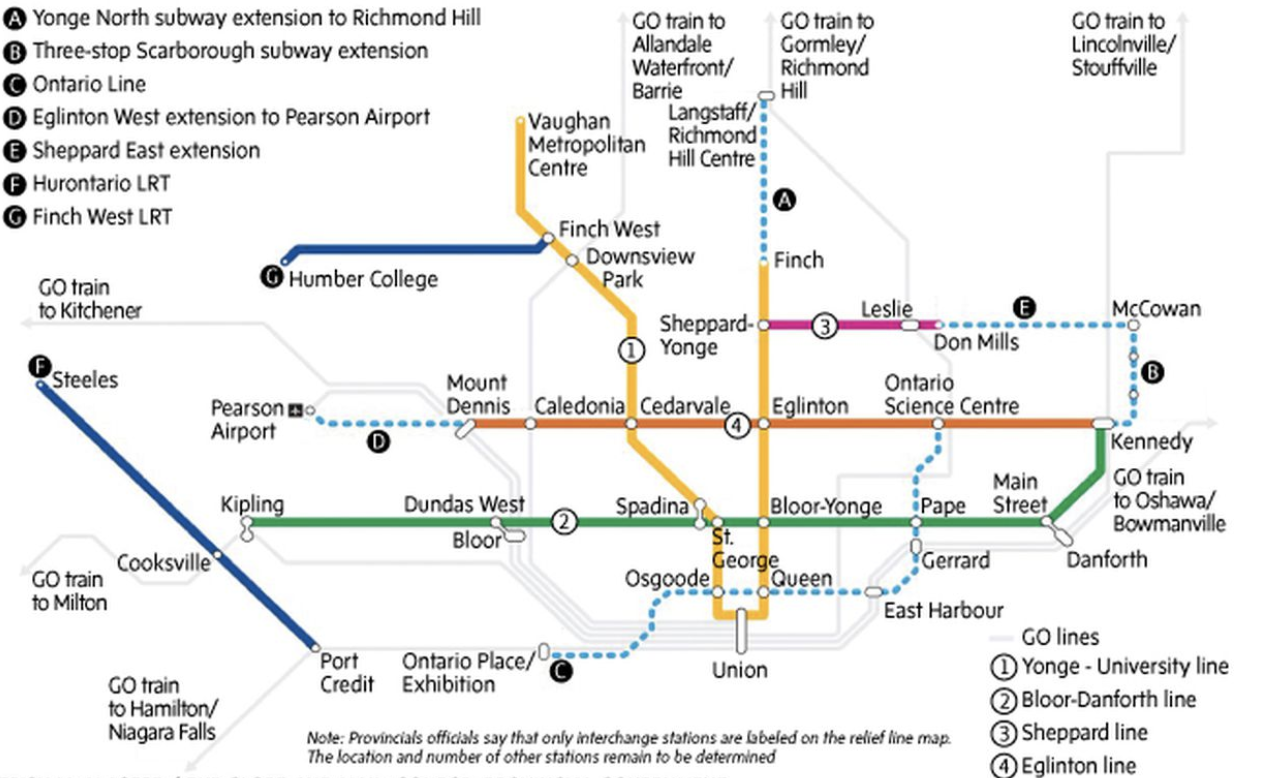 New Toronto Transit Map including the proposed Ontario Line, via Globe and Mail/Provincial Gov't
New Toronto Transit Map including the proposed Ontario Line, via Globe and Mail/Provincial Gov't
Originally dubbed the Relief Line as it was meant to attract commuters from the east side of the city away from the overcrowded Yonge Line, especially the full-to-bursting interchange station of Bloor-Yonge, a longer initial line would certainly be of more benefit to more transit riders, but since the provincial takeover, the technology that would be employed on the Ontario Line remains unknown. Without declaring which vehicles they are planning for building for, the Province claims that the line will be able to transport up to 400,000 passengers a day running driverless trains at extremely an extremely high frequency. For context, the TTC’s Line 1 carries upwards of 790,000 passengers on an average weekday. As the provincial government also says that they can build the line more quickly and less expensively, it has left transit experts expecting that the line will use smaller trains that can fit side-by-side in one tunnel, such as the new automated metro in Copenhagen, or the line under construction in Sydney.
Despite the Premier being quoted in an April, 2019 Globe and Mail article that in regards to the funding “If need be, we’ll backstop it ourselves”, in a press release from last week, the Province announced its eagerness to work with the Federal Government on the project. With a price tag of $10.9B and a projected finish date of 2027, both parties would have their work cut out for them. A frequent way to fund rapid transit expansion is to have all three levels of governments kick in a percentage of the funding to show commitment to the project and to lessen the burden on each funder.
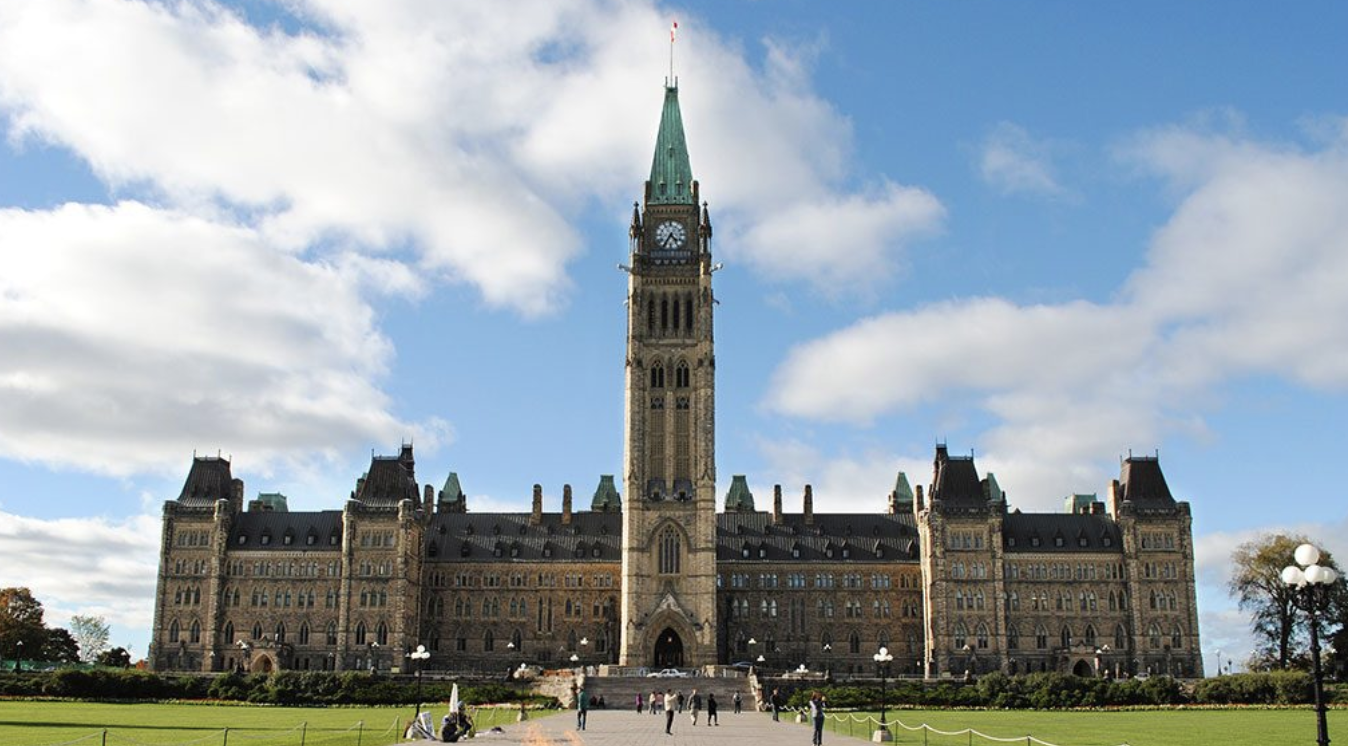 Parliament Hill in Ottawa, via ConstructConnect
Parliament Hill in Ottawa, via ConstructConnect
In May, 2019 the Province nominated the Ontario Line for Federal funding. Ottawa responded last week by asking for more information and background on the project. According to a spokesperson for Canada’s Minister of Infrastructure and Communities in last Monday's Toronto Star, “As Ministers McNaughton and Yurek well know, real applications and business cases are needed in order to get federal approval and we hope they follow up soon. We are not in the business of writing blank cheques with public funds when so many questions remained to be answered as to how the funds will be used.” That said, the spokesperson was also quoted reiterating the point about the Feds' willingness to provide funding as long as the Province returns promptly with a more complete plan.
What do you think? Add your comments in the space below, or join the discussion in the dedicated thread in our transportation Forum.
* * *
UrbanToronto has a new way you can track projects through the planning process on a daily basis. Sign up for a free trial of our New Development Insider here.

 7K
7K 












